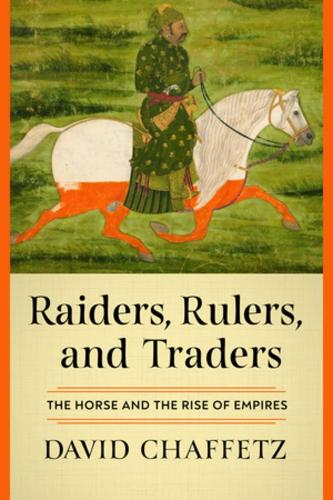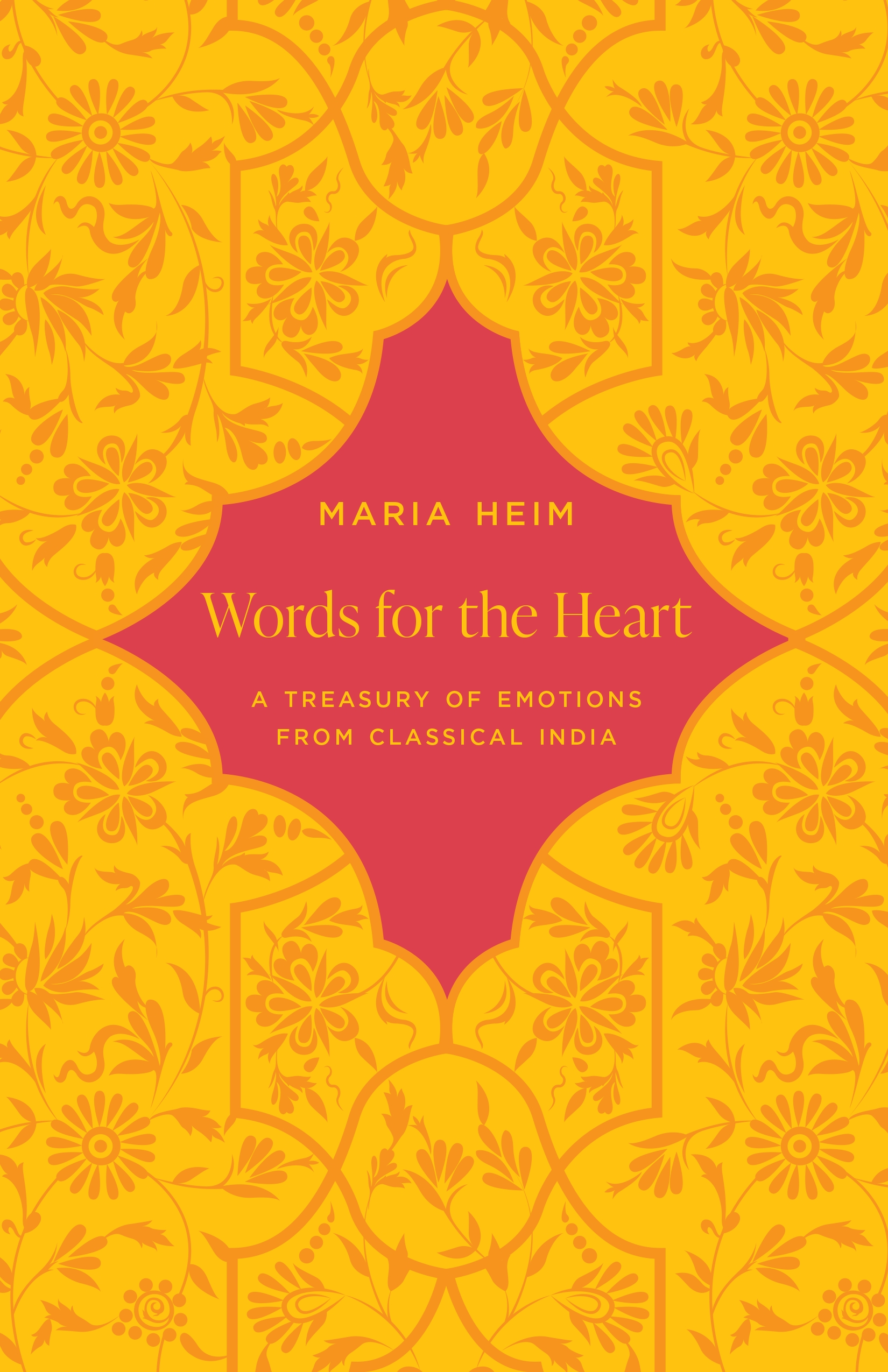

Morning and Evening, Jon Fosse
Achingly beautiful. Liable to rouse profound reflections on mortality in even my short-form video content addled mind.

The Other Name, Jon Fosse
I was quite moved by Fosse’s Morning & Evening, so I thought I’d finally pick up the first book in his Septology series. I was much less impressed by this one. Morning & Evening accomplished more decisively and concisely what The Other Name attempts to. I know to ask for brevity in this book is to dramatically miss its point, but the narrator’s incoherent, repetitive, meandering ramblings were only rarely interrupted by the profound meditations on mortality that Morning & Evening was full of, and were thus basically intolerable.
I might have felt differently about this book if I had been able to settle into the prose thoroughly, to follow its rhythms and redundancies with patience, but I could not find the setting nor the quietness of mind and magnitude of attention that such a task seems to require.

Wanderers, Kings, Merchants, Peggy Mohan
I’m enjoying this one very much. Mohan presents language as dynamic, alive and ever-changing; a record not only of the knowledge of the ages, but of political and social shocks and upheavals, of great migrations, cultural revolutions, and brutal repressions. Her central theses are set against this backdrop; they are, roughly, as follows:
Sanskrit was brought to the Indian subcontinent by a centuries long migratory movement of Indo-Aryan (or Vedic, for these are whom the authorship of the Vedas is traced back to) men, who oppressed the native Dravidian men and fathered children with the native Dravidian women. The children of these Vedic settlers were at first raised into their mother’s tongue, and then taught the Sanskrit of their fathers. Sanskrit, by remaining the language of the elites (here the patrilineal descendants of the Vedic men), remained for the most part unchanged, except insofar as it was spoken with Dravidian accents; these accents were later reified in Sanskrit when the Rig Veda was first transcribed.
Indigenous Dravidian tongues, however, transformed dramatically as their speakers attempted to use the language (or more precisely, the vocabulary — Sanskrit words settled into Dravidian and pre-Indo-Aryan grammatical structures) of their ruling classes. In time, the (creole-ised) local languages regained some stability as their speakers regained social and political power, and were standardised and modernised as they gained literary dimensions and became lingua franca’s of important markets and courts.
The book’s penultimate chapter is an investigation of the place of English (or more accurately Indian English) in India. At the moment the Indian nation was born, its founders were caught in a difficult debate about whether to cast aside the language of their oppressor — which exclusively had been used in administrative, legal and political discourses — and instate as the language of the nation the relatively recently manufactured shuddh Hindi, or to return to the last language of the elite, Persian, or to retain English for ever, or for as long as it would take for native tongues to advance to the degree necessary to be the medium of legal, political and administrative discourse. This last route appeared promising, but the opportunity to develop native tongues never came, because the global forces of neoliberalism made it economically expedient for the populace to trade in English, and because the dynamic presented by the language of power being more available to the upper classes was unsurprisingly amenable to India’s frighteningly rigid social hierarchies.
As a consequence, India has now not only put to rest its tribal languages, but is in a gradual process of drawing the life out of its classical languages—Urdu, Hindi, Bengali, Tamil—as speakers across the social continuum conduct more and more of the practices of their lives in English.
[Diglossia: the linguistic phenomenon whereby an individual utilises her native tongue for a limited, stunted range of experiences (e.g., speaking with family and the service class), and another for everything else (work, literature/pleasure, etc)]

Ganja-Mahua Chronicles, Venkat Singh Shyam & […] Anand
This was a good book to follow Peggy Mohan’s with—a necessary accompaniment to a story of the Aryan transformation of India. I divide the thoughts it stoked into a few categories:

Raiders, Rulers, and Traders, David Chaffetz
I picked this one up in an effort to participate in Venkatesh Rao’s (VGR) reading group. I’ve known of VGR for a long time. I had a passing awareness of his importance within the thoughtful circles of the tech industry from the margins which I occupied, but I hadn’t seriously engaged with any his writing until I came across ‘text is all you need,’ in which he seems to be making the case that being able to speak a language is sufficient for personhood. It was February 2023, and I was still (with much self-importance) savouring the lucid mental afterglow of my dissertation summer, so the Hegelian overtones of that essay were impossible to resist. ‘Text is all you need,’ comes into contact with some truly profound things, and I have since seen some other truly profound things articulated in his long (and erudite in a very online way) essays and haphazard notes, but I don’t think I have a clear view of the frames of analyses and systems of concepts—it’s an idiosyncratic set!—he employs, and I’m not certain I find what is within my reach totally agreeable.
Anyway: Raisers, Rulers, and Traders is about horses. Specifically, it is about the place of the horse at the heart of the nomadic warrior tribes (and occasional empires) of the Eurasian steppe, and of how their story, woven from the co-evolution of two tightly coupled species—man and beast, and beast and khan, and celestial being and tartar, strewn across the grassy hinterlands of the old world, births all of ours.
Think for a moment about what the horse signifies today: majesty, freedom, regality. Deconstructing this image lays out the entire history of man’s entanglement with horses: from our recognition and eventual taming of its libertarian tendencies to its association with khans and sultans and tsars. Folded into this concept (image) is the totality of ways in which the horse has featured in our form of life—the totality of its role in our practices. Even if the past were completely obscure to us we could conclude (with the appropriate of uncertainty and ignorance) some true things about the history of the horse simply by studying its conceptual/symbolic significance in our language. It’s well illustrated here that the meaning of a concept is emergent not only from its contemporary, local, use, but from the multitude of roles it has played through time, across culture and language.

Cybernetics and Ghosts, Italo Calvino
Cybernetics and Ghosts was first delivered as a lecture “in Turin and other Italian cities, November 1967.”
In this essay (that I can't now remember how I discovered) Calvino first takes up the stance that he endorses, which is that literature is no greater than the act of applying the rules of a language to its operand set of signs, and then describes its antithesis, which is that literature expresses what would have otherwise remained outside the realms of language, in a 'linguistic vacuum.' Then, by showing that linguistic vacuums are, in fact, substantially linguistic, but simply occupied by ghosts--taboos and the regions of discourse prohibited or otherwise neglected by the world, he subsumes the latter thesis into the former.
Set against this theoretical backdrop is the contemporary worry, foregrounded by the increasing charm and popularity of cyberneticist ideas, of the theoretical possibility of the 'literature machine,' in the sense of a machine that is capable of producing writing that resonates with our most profound psychological states. For Calvino, given the essentially combinatorial nature of literature, this is far from an unlikely state of affairs. If it were indeed to be realised, it will be accompanied, he thinks, by the total dissolution of the writer, and the investment of all the radical outcomes of literature in the reader and the act of reading.

Words for the Heart, Maria Heim
(In progress, but I suspect this is better treated as a reference book, so it’ll remain in this state for some time).

The Return (and Other Stories), Roberto Bolaño
My first Bolaño. Two things to say:
There seems to be a lot of discourse about Bolaño these days for reasons currently being withheld from me by the Geist industrial complex. I may just read 2666 next.

The House on Via Gemito, Domenico Starnone
Rome, Robert Hughes
Augustus, John Williams